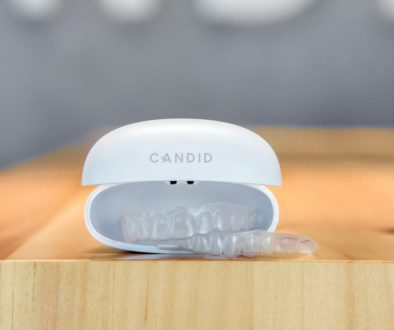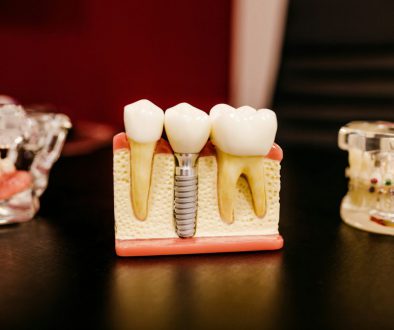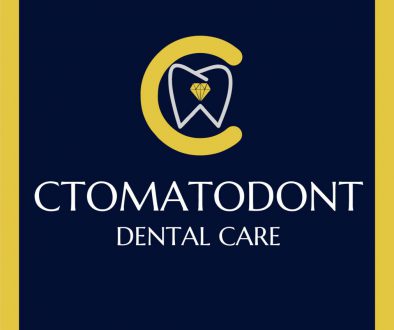Polio and Dentistry: Prevention Strategies
– By Dr S.Bhargava

Understanding Polio in Dentistry
- What is Polio?
- The History of Polio
- Polio and Its Impact on Dentistry
Transmission of Polio in Dental Settings
- Routes of Transmission
- Risks in Dental Offices
- Preventive Measures for Dental Professionals
Polio Vaccination in Dentistry
- Importance of Vaccination
- Vaccine Administration in Dental Clinics
- Overcoming Vaccine Hesitancy
Managing Polio Cases in Dentistry
- Recognizing Polio Symptoms
- Handling Polio Patients in Dental Practice
- Infection Control Protocols
Future Perspectives and Conclusion
Understanding Polio in Dentistry
Polio, short for poliomyelitis, is a highly contagious viral infection caused by the poliovirus. This disease primarily affects the nervous system and can lead to paralysis or even death. Understanding the implications of polio in dentistry is crucial for dental professionals to ensure the safety of both patients and staff.
What is Polio?
Polio has been a significant public health concern worldwide for centuries. It spreads through contaminated food and water or contact with an infected person’s feces. The virus primarily targets the nervous system, potentially causing paralysis, muscle weakness, and in severe cases, respiratory failure.
The History of Polio
The history of polio dates back to ancient times, with evidence of the disease found in Egyptian mummies. However, the first major polio epidemic in the United States occurred in the early 20th century. The development of polio vaccines, particularly the oral polio vaccine (OPV) and the inactivated polio vaccine (IPV), marked significant milestones in the fight against the disease.
Polio and Its Impact on Dentistry
Dentistry plays a crucial role in preventing the spread of polio due to the close proximity between dental professionals and patients during procedures. Since poliovirus can survive in saliva and feces, dental offices must adhere to strict infection control protocols to minimize the risk of transmission.
Transmission of Polio in Dental Settings
Routes of Transmission
Poliovirus transmission can occur through direct contact with infected saliva or feces, making dental settings susceptible to contamination. Aerosolization during dental procedures poses a significant risk, as the virus can linger in the air and on surfaces for extended periods.
Risks in Dental Offices
Dental offices present several opportunities for poliovirus transmission, including contaminated instruments, surfaces, and dental unit waterlines. Improper sterilization techniques and inadequate infection control measures can facilitate the spread of the virus among patients and dental staff.
Preventive Measures for Dental Professionals
Dental professionals should implement stringent infection control protocols to prevent the transmission of poliovirus in dental settings. This includes proper hand hygiene, disinfection of surfaces and equipment, and the use of personal protective equipment (PPE) such as masks, gloves, and face shields.
Polio Vaccination in Dentistry
Importance of Vaccination
Vaccination is the most effective way to prevent polio and its complications. Dental professionals should ensure they are up-to-date with their polio vaccination to protect themselves and their patients from the virus. Additionally, promoting vaccination among patients can help prevent outbreaks and achieve herd immunity.
Vaccine Administration in Dental Clinics
Dental clinics can play a vital role in administering polio vaccines to patients, especially those who may not have access to primary care providers. Integrating vaccination services into routine dental visits can help increase vaccine coverage and contribute to global polio eradication efforts.
Overcoming Vaccine Hesitancy
Vaccine hesitancy remains a significant barrier to polio eradication efforts worldwide. Dental professionals can help address vaccine hesitancy by providing accurate information about the safety and efficacy of polio vaccines and addressing any concerns or misconceptions patients may have.
Managing Polio Cases in Dentistry
Recognizing Polio Symptoms
Dental professionals should be familiar with the signs and symptoms of polio to promptly identify and manage suspected cases. Symptoms may include fever, fatigue, headache, muscle pain, and paralysis. Early detection and intervention are critical to preventing the spread of the virus and minimizing its impact.
Handling Polio Patients in Dental Practice
Dental practices should have protocols in place for managing patients with suspected or confirmed cases of polio. This may include isolating the patient, implementing additional infection control measures, and coordinating care with healthcare providers and public health authorities.
Infection Control Protocols
Strict adherence to infection control protocols is essential for preventing the transmission of poliovirus in dental settings. This includes proper sterilization of instruments, disinfection of surfaces, and the use of appropriate PPE to minimize exposure to infectious agents.
Future Perspectives and Conclusion
Despite significant progress in polio eradication efforts, the disease remains a global health threat, particularly in regions with limited access to healthcare and vaccination services. Dentistry plays a crucial role in preventing the spread of polio by implementing robust infection control measures and promoting vaccination among patients. Continued collaboration between dental professionals, public health authorities, and global health organizations is essential to achieve the ultimate goal of polio eradication.
FAQs
Can polio affect dental health?
Primarily affects the nervous system but can indirectly impact dental health due to muscle weakness or paralysis affecting oral function.
Is it safe to visit the dentist during a polio outbreak?
Dental offices adhere to strict infection control protocols to prevent the spread of infectious diseases, including polio. It is generally safe to visit the dentist, but individuals should follow public health guidelines and practice good hygiene.
Are polio vaccines required before dental treatment?
While polio vaccination is not specifically required for dental treatment, it is recommended for overall health and to prevent the spread of the virus.
Can dental professionals administer polio vaccines?
In some settings, dental professionals may be trained to administer vaccines, including polio vaccines, as part of expanded healthcare services.
How can I protect myself from polio when visiting the dentist?
Practice good hygiene, including washing hands regularly, and ensure your vaccinations, including polio vaccine, are up-to-date to protect yourself and others from polio.
REFERAL LINKS
- Centers for Disease Control and Prevention (CDC) – Polio Information: https://www.cdc.gov/polio/index.html
- World Health Organization (WHO) – Poliomyelitis: https://www.who.int/health-topics/poliomyelitis
- American Dental Association (ADA) – Infection Control and Prevention: https://www.ada.org/en/member-center/oral-health-topics/infection-control-and-prevention
- Oral Health Foundation – Dental Infection Control: https://www.dentalhealth.org/dental-infection-control
- Mayo Clinic – Polio Symptoms and Causes: https://www.mayoclinic.org/diseases-conditions/polio/symptoms-causes/syc-20376512
- National Institute of Dental and Craniofacial Research (NIDCR) – Dental Infection Control FAQs: https://www.nidcr.nih.gov/health-info/infection-control/faqs
- Global Polio Eradication Initiative – About Polio: https://polioeradication.org/polio-today/about-polio/
- Healthline – Polio Vaccination: https://www.healthline.com/health/polio-vaccine
- Journal of Dental Research – Infection Control in Dental Practice: https://journals.sagepub.com/doi/10.1177/00220345020710050701
- British Dental Association (BDA) – Infection Control Guidelines: https://bda.org/advice/Practice-support/Infection-control
- Polio Global Health – Strategies for Polio Eradication: https://polioeradication.org/news-post/strategies-for-polio-eradication/
- Dental Tribune – Importance of Infection Control in Dentistry: https://www.dental-tribune.com/news/importance-of-infection-control-in-dentistry/
- National Foundation of Dentistry for the Handicapped – Dental Care for Patients with Disabilities: https://www.nfdh.org/dental-care-for-patients-with-disabilities/
- Polio Canada – Understanding Polio: https://www.poliocanada.org/understanding-polio/
- American Academy of Pediatrics (AAP) – Polio Vaccination Schedule: https://www.aap.org/en-us/advocacy-and-policy/aap-health-initiatives/immunization/Pages/Polio-Vaccination-Schedule.aspx
- WebMD – Polio Overview: https://www.webmd.com/children/vaccines/polio-overview
- Dental Health Society – Importance of Regular Dental Checkups: https://www.dentalhealthsociety.com/checkup/dental-checkup/
- Immunization Action Coalition – Polio Vaccine Information: https://www.immunize.org/polio/
- World Dental Federation (FDI) – Infection Control Guidelines for Dental Practice: https://www.fdiworlddental.org/resources/guidelines
- Rotary International – Polio Eradication Efforts: https://www.rotary.org/en/our-causes/ending-polio



